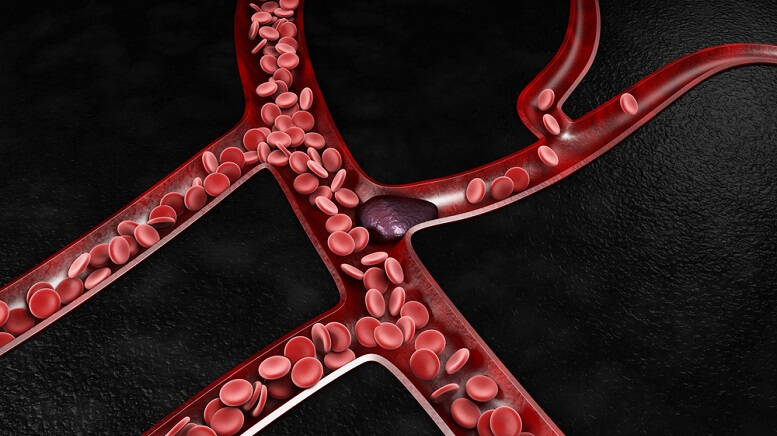Hemophilia B cannot be cured, but it can be treated and managed successfully.
There are two courses of treatment for hemophilia B that are the most common paths for most patients to take. These include replacement therapy and clotting agents.
Replacement Therapy and Clotting Medications
Replacement therapy helps to increase the level of factor IX in patients’ blood. Clotting agents help to protect blood clots and keep them in place so that excessive bleeding does not occur. Clotting agents may sometimes be used in conjunction with replacement therapy.
Prophylaxis
In patients who have severe hemophilia, their doctors may recommend a regimen of regular factor replacement treatments. This kind of regimen is called prophylaxis. The goal of prophylaxis is to prevent bleeding episodes before they happen.
Factor Therapies
In the case of factor products, recombinant factors are recommended over non-recombinant factor products. Non-recombinant factor products are made from human blood products. Recombinant factors are made in a laboratory and do not use human blood products. Recombinant factors, because they do not use human blood products, are therefore considered safer.
In replacement therapy, all factor treatments are given via intravenous methods.
When treating injuries in patients with hemophilia B, different methods will be used depending on the severity of the injury.
For mild injuries, such as small cuts or scrapes, regular first aid is usually all that is necessary. Patients are advised to clean the cut, apply pressure, and cover the cut or scrape with an adhesive bandage.
More severe injuries may be more complicated. A more severe injury could include deep cuts or internal bleeding, which could involve bleeding into the joints or muscles. The main goal of treating more severe injuries would be to increase or replace the missing factor IX in the blood, which will allow the blood to clot, thus stopping the bleeding.
Speak to your doctor or a healthcare professional to find out what the best treatment method is for you.
Featured image: vitanovski via DepositPhotos









